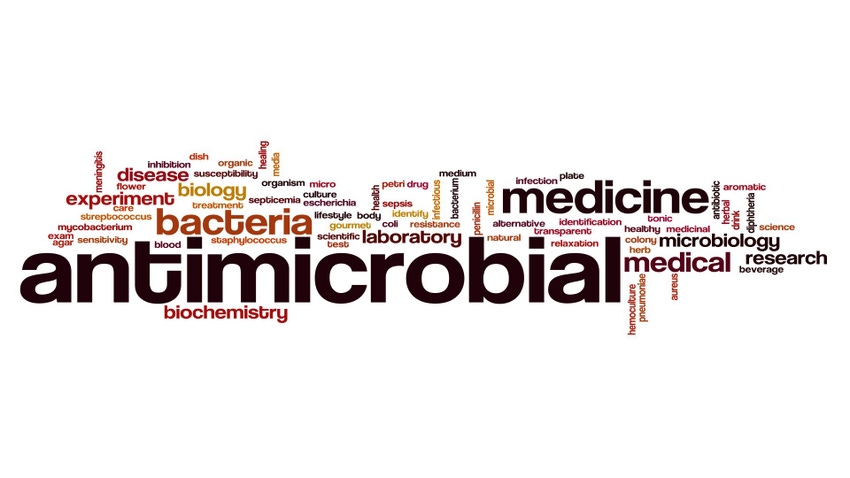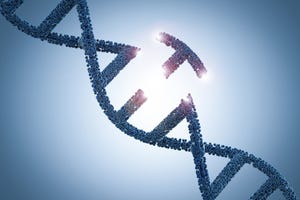FDA releases 2019 national antimicrobial resistance summary
Salmonella Infantis, a multidrug-resistant serotype that emerged in 2014, accounted for a large part of overall Salmonella resistance.
April 19, 2022

The U.S. Food and Drug Administration, in cooperation with the Centers for Disease Control and Prevention and the USDA's Food Safety and Inspection Service, its partners in the National Antimicrobial Resistance Monitoring System, has released the NARMS Integrated Summary 2019. NARMS is a national public health system that monitors certain pathogens in human and animal samples for resistance to antimicrobial drugs used in human and veterinary medicine.
The NARMS Integrated Summary 2019 combines antimicrobial resistance data in bacteria isolated from humans (by CDC), raw retail meats (by FDA), and animals at slaughter (by USDA) to examine trends in resistance to the most important antimicrobial agents.
NARMS Integrated Summaries are published when both whole genome sequencing and antimicrobial susceptibility testing are completed. Since this process can be time- and resource-intensive, NARMS makes the most recent data available online through the NARMS Now: Integrated Data tool. Currently, the NARMS Now: Integrated Data tool provides interactive access to resistance data from both antimicrobial susceptibility testing and whole genome sequencing of NARMS bacteria recovered between 1996 and 2019, and genotypic resistance data derived from whole genome sequencing of NARMS bacteria from 2020 to 2022.
According to the NARMS data collected in 2019, the majority (78%) of Salmonella isolates collected from humans were not resistant to any of the antimicrobials tested under NARMS. In humans, the overall level of resistance remains relatively unchanged from 2018, and is in line with other data from 2006 to 2017, where 76–85% of Salmonella tested were susceptible to all antimicrobials.
Although the overall level of Salmonella resistance has held steady in NARMS samples, resistance patterns have changed within specific serotypes. Salmonella Infantis, a multidrug-resistant serotype that emerged in 2014, accounted for a large part of overall Salmonella resistance. Salmonella Infantis is resistant to critically important antimicrobial drugs, including ceftriaxone, and shows decreased susceptibility to ciprofloxacin.
The multidrug-resistant Salmonella serotype I 4,[5],12:i:- continued its increasing trend since 2010. This serotype is closely monitored because it is sometimes resistant to ceftriaxone and ciprofloxacin, which are antibiotics routinely used to treat several Salmonella infections.
Fluoroquinolone resistance in Campylobacter continues to increase, and it is not clear what's driving this trend.
Only 1% of Salmonella isolated from humans showed decreased susceptibility to azithromycin, with serotype Newport comprising the majority (53%) of the isolates.
In 2019, none of the Salmonella or E. coli isolates from animals, animal products, or retail meats harbored any of the known colistin resistance genes.
Findings in NARMS data highlight the importance of a global effort to contain antimicrobial resistance. Information on antimicrobial resistance is shared online for access by all stakeholders for appropriate response, including research into mitigation steps. In 2021, FDA released an Interim Data Update to inform stakeholders about the spread of multidrug-resistant Salmonella serotype I 4,[5],12:i:-.
Source: FDA, which is solely responsible for the information provided, and wholly owns the information. Informa Business Media and all its subsidiaries are not responsible for any of the content contained in this information asset.
You May Also Like



